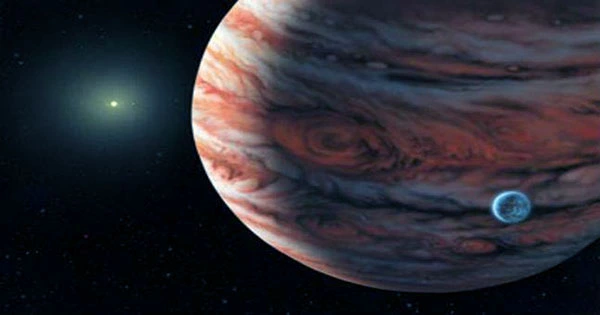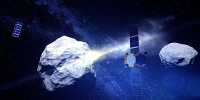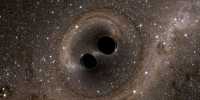Tom Jacobs, a citizen scientist, made an amazing discovery in the data provided by NASA’s Transiting Exoplanet Survey Satellite, TESS: a massive exoplanet. TOI-2180 b has three times the mass of Jupiter but is around the same size, implying that it is denser than our solar system’s gas giant is. It takes 261 days to orbit its stars, significantly longer than Venus takes to round the Sun. Given that Jupiter takes around 12 years, this may appear short, but many Jupiter-sized worlds discovered beyond the solar system have years that are only a few days longer. In an extreme situation, the stars orbited in a matter of hours.
Jacobs’ dedication enabled this fascinating discovery, which was published in The Astronomical Journal and discussed at an American Astronomical Society virtual meeting. He had previously taken part in the Planet Hunter, a citizen science project funded by NASA that examined data collected by the previous exoplanet hunter Kepler. He now works with a group of citizen scientists and two seasoned astronomers to visually examine the TESS data using special software. He discovered what turned out to be a planet in this manner.
TESS monitors the light from stars and records changes over time. If a planet passes in front of the star while the satellite is looking at it, the star may fade slightly. A planet had shown repeated dips in this light curve at regular intervals. On February 1, 2020, Jacob saw a distinct dip and alerted two professional scientific collaborators: Paul Dalba of the University of California, Riverside, and Diana Dragomir, an assistant professor at the University of New Mexico.
In a statement, Jacobs stated, “Discovering and publishing TOI-2180 b was a tremendous group effort demonstrating that professional astronomers and seasoned citizen scientists can successfully collaborate.” “It’s the epitome of synergy.” Dalba used the Automated Planet Finder Telescope at Lick Observatory in California to look for this confirmation since a planet can only be confirmed if two independent methods could show its presence. Dalba and his team used 27 hours of data spaced over 500 days to calculate the planet’s gravitational force on its star.
“We are also stretching the limits of the kind of planets we can extract from TESS observations with this new discovery,” Dragomir stated. “TESS was not built primarily to locate such long-orbit exoplanets, but our team is finding these rare gems with the help of citizen scientists.” Although automated software has made significant progress, human eyes continue to outperform computers in many data sets — and citizen scientists’ work in sifting through such vast amounts of data is genuinely invaluable.
















